Collector Andrea Festa’s Highlights from Miart 2018
By Silvia Macchetto
Miart 2018, the international exhibition of modern and contemporary art of Milan, is coming to a close after three days of artistic indulgence. An impressive line up of 186 international galleries from 20 countries have exhibited works by modern masters, established contemporary artists, emerging talents, and experimental designers divided into seven different sections. Now in its 23rd edition, Miart has attracted some high-profile international exhibitors for the first time including Thomas Dane Gallery, Gagosian, Almine Rech, and Andersen’s Contemporary among others.
We teamed up with the Rome-based collector Andrea Festa to get a firsthand experience of Miart 2018. Here, he shares his insights and reveals his highlights from this year’s fair.
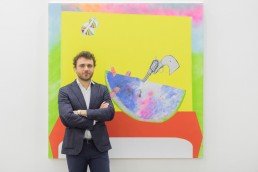
Andrea Festa in front of an artwork of Alessandro Pessoli at galleria ZERO.
What was your personal highlight of Miart 2018?
I think this year’s fair highly demonstrated Miart’s vision to offer its visitors a unique art experience. With solo shows presented by a range of galleries, the audience was given the opportunity to delve deeper into the work of an artist, which is uncommon and difficult to carry out at an art fair designed primarily to sell the largest number of works. In particular, I’m thinking about the booth dedicated to Carsten Holler at Massimo de Carlo, Alessandro Pessoli at Zero, and Salvo at Claudio Poleschi. However, my personal highlight was the section Generations, which is a brilliant idea to bring two artists from different generations together. One of my favorites was the dynamic interplay between the works by Sterling Ruby and Alberto Burri, who are represented by Gagosian and Mazzoleni. To an untrained eye, the ceramics by Ruby could be associated with Burri’s work, and so there was some sort of interesting artistic kinship between the two artists. In general, Generations was a really successful section curated by Lorenzo Benedetti.
What does the list of galleries participating and the works exhibited reveal about the contemporary art market and more specifically the Italian art scene?
Finally the market is moving in new directions after a few years mainly devoted to abstractionism in an international perspective and to extroflexions, which has been dominating the Italian art scene. Now, the general offer is more varied with a great return to painting and a renewed attention on figurative art, which massively eclipsed the presentation of installation art at Miart. The Paris-based Galerie Jocelyn Wolff courageously choose to dedicate the whole booth to a single monumental work by William Anastasi, which was chosen by the jury as the best booth of the fair. The Italian art had a high presence with works by big names such as Castellani, Burri and Fontana, exposed together with artists such as Arcangelo Sassolino, and Alberto Garutti.
How does the existing historical and cultural landscape of Milan shape the fair?
I’m based in Rome, where the focus of the preserving of the ancient city plays a crucial role and thus takes away space and vitality from the contemporary art scene. I believe this is one of the reasons why Milan takes the lead as Italy’s contemporary art centre with Miart along with the fair’s offsite events across the city as a worthy adversary for art events in metropolises such as London and Paris.
In your opinion, does Miart appeal to a certain kind of collector?
Apart from the Emergent section with prices obviously in the lower end of the scale and therefore affordable for young collectors, the fair operates on a high end level, which is reflected in the prices of the works. For this reason, I would say Miart is more a game for collectors with a certain financial status. You pay for the quality.
Do you have any pieces of advice for a first time art fair goer attending Miart?
I have visited numerous fairs around the world, and I believe that I experience less anxiety from the gallery owners approaching collectors at Miart. I perceived a more cultural approach with the gallerists’ will to tell visitors about their artists’s artistic paths. My advice is not tied to Miart as such, but at any fair a young collector considers visiting: let yourself be guided by personal taste and then let yourself be involved by the gallery owner who can guide you more deeply into the artist’s world.
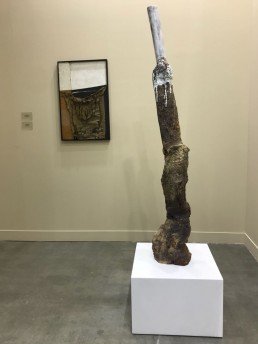
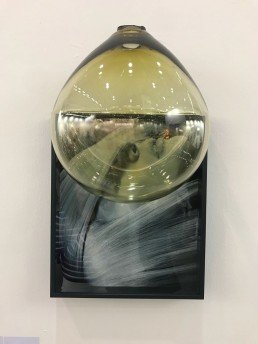

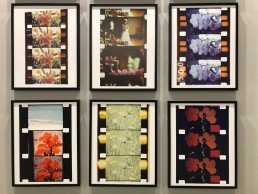
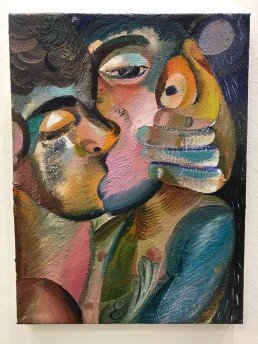
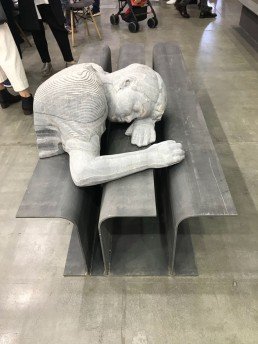
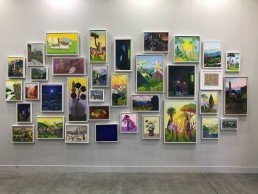
Presented by Claudio Poleschi
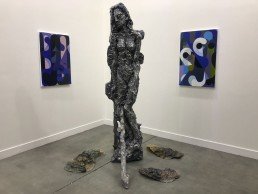
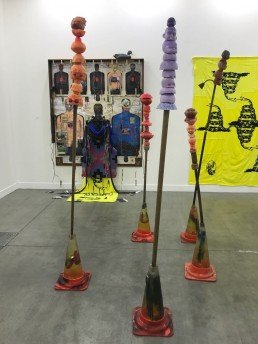
Presented by Galerie Isabella Bortolozzi
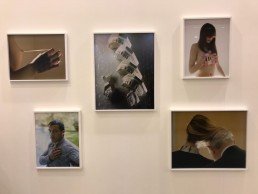
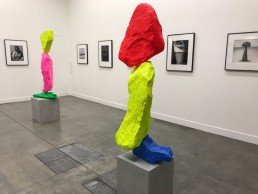
More information about Miart
Date: 13 to 15 April 2018
Location: Fieramilanocity, pavilion 3, gate 5, Milan
Website: Miart.it